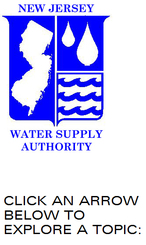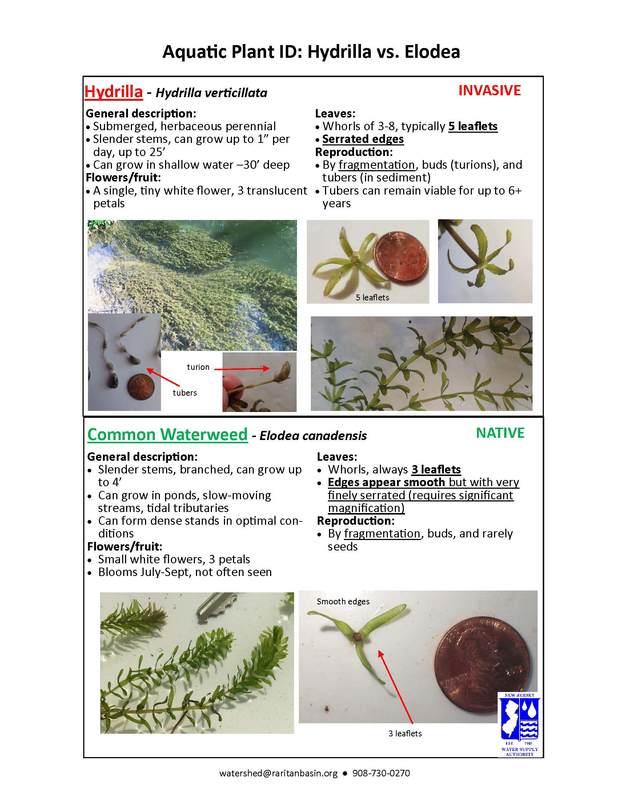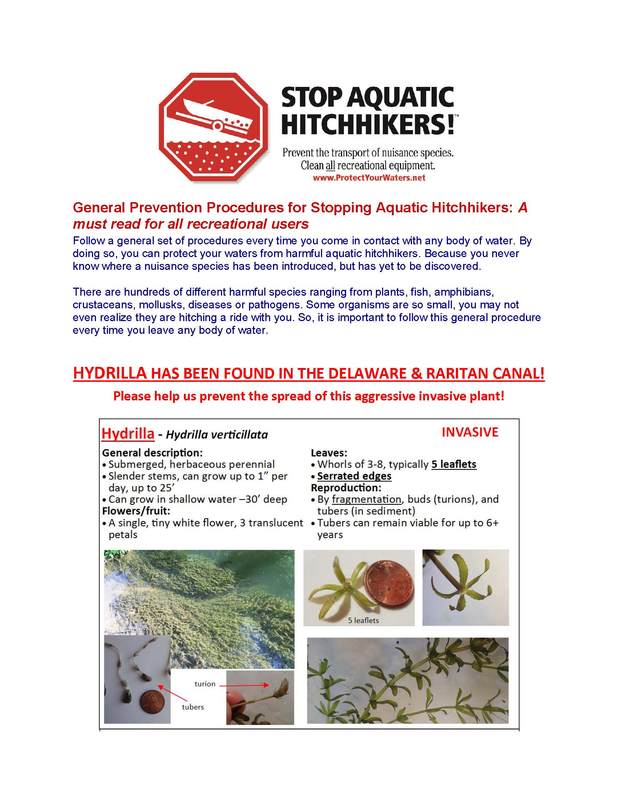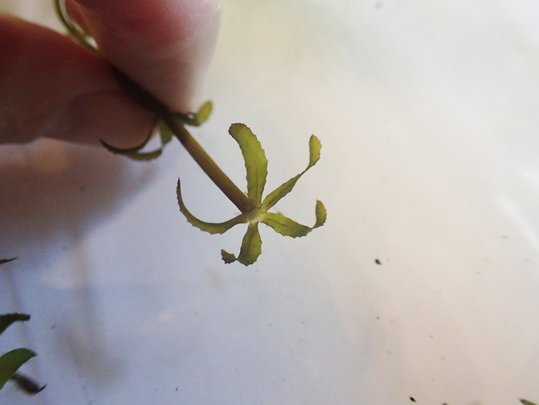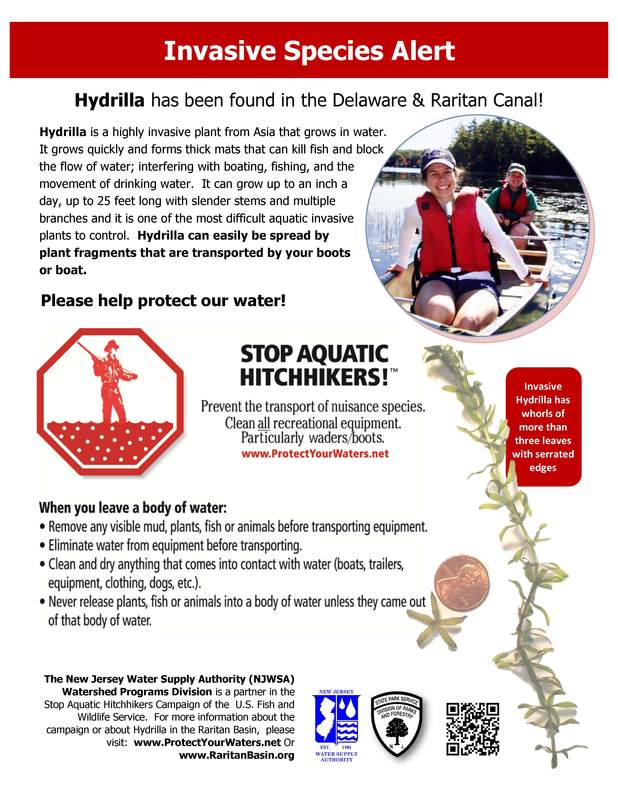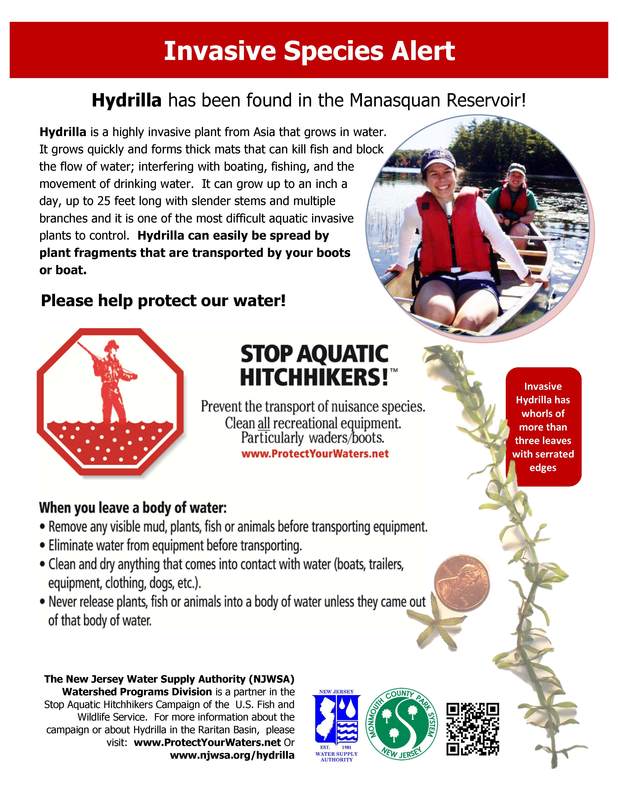How you can help
Hydrilla was first brought to the United States intentionally to sell as an aquarium plant. Today it is spread primarily by human activities. Although it is listed as a Federal noxious weed, hydrilla is often found hitchhiking in shipments of aquatic plants used in water gardens and may be sold by aquarium supply dealers or over the internet. Accidental spread is also commonly achieved by the hitchhiking of small hydrilla fragments on water vehicles including boats, bait buckets, draglines, motors and trailers to new water systems.
It only takes a one-inch fragment of Hydrilla to begin an infestation. To prevent further spread, make sure that you follow good invasive species prevention practices when moving your watercraft or other recreation gear from one body of water to another. To minimize the potential spread of this aquatic weed, follow these simple steps.
Think you've found hydrilla? Report it!
|
Copyright © 2017
